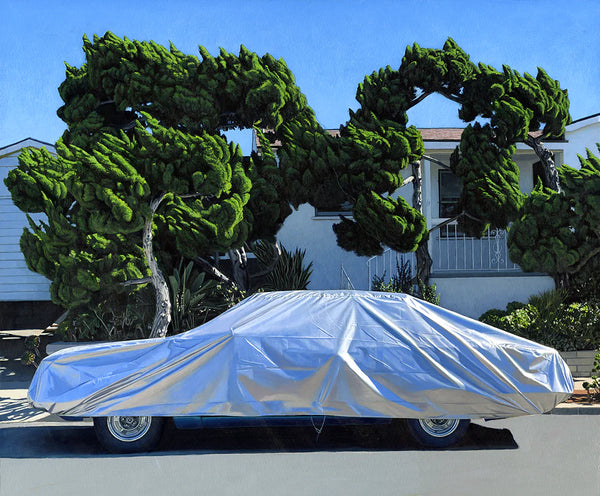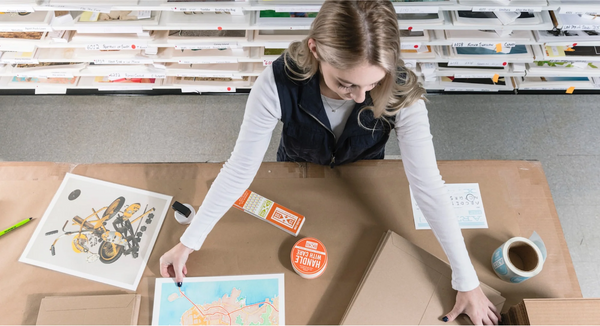This store requires javascript to be enabled for some features to work correctly.
Genre - Abstract
From geometric studies of color to spiritual musing, abstract art celebrates the nuances of visual language and the possibilities for self-expression and exploration. Pioneering artists like Hilma af Klint bring a studied mathematical and symbolic vocabulary to this field, while others make space for spontaneity and play. This special and somewhat magical form of artmaking can be universally enjoyed.



